Cosmetic bonding is one of the most popular cosmetic dental treatments in the UK. It is not only used for restoring grossly damaged and permanently stained teeth but also for cosmetically fixing crooked teeth. If you or a loved one has misaligned teeth and you’re searching for treatment options, you might be wondering whether composite bonding is a solution for crooked teeth, or should go for orthodontic treatment.
If you are stuck between choosing bonding or braces for crooked teeth treatment, then this blog is for you. In this blog, you will learn everything about bonding and how it can be used for the treatment of crooked teeth. So, continue reading.
What Is Tooth Bonding?
Did you know that over 75% of the population have at least one filling, most of which are bonded restorations? According to the British Academy of Cosmetic Dentistry, bonding is a restorative procedure in which your dentist will apply a tooth-coloured filling material over damaged, permanently stained, or crooked teeth to restore their structure and aesthetics. Dental bonding has become so much popular in the UK that it is routinely used for smile makeovers and cosmetic dentistry treatment.
Can A Cosmetic Dentist Fix A Crooked Tooth?
The most effective and long-lasting treatment option for crooked teeth is orthodontic treatment. This is because braces or Invisalign aligners address the underlying issue and optimally align the teeth. This not only helps restore one’s smile and facial aesthetics but also optimises oral health and physical well-being.
However, metal braces or clear aligners are not the only option for crooked teeth treatment. If someone does not want to wait for many months to get their teeth straightened, they may contact their cosmetic dentist for aesthetic treatment. In such treatment, a cosmetic dentist will address the aesthetic problem by using cosmetic bonding or porcelain veneers. However, the underlying issue will not be solved.
So yes, a cosmetic dentist can fix a crooked tooth. However, if someone has multiple crooked teeth, then they should consider orthodontic treatment as a long-term solution.
Is Composite Bonding A Good Option For My Teeth?
Composite bonding is routinely used by dentists for treating a variety of restorative and cosmetic dental issues. So, if you have crooked, chipped, or permanently stained teeth, you may consider getting them restored with composite bonding. Besides, composite bonding is safe and carries minimal risk of side effects. So yes, composite bonding is a good option for restoring damaged teeth.
Do Veneers Straighten Teeth Just Like Braces?
Both veneers and braces can be used to fix crooked teeth. However, both treatment options work differently. While braces fix crooked teeth by moving and realigning them, veneers only fix the cosmetic issue and do not address the underlying problem. So, veneers do not straighten teeth like braces, they only restore facial aesthetics.
Does Cosmetic Dentistry Include Braces?
Cosmetic dentists these days use invisible braces such as ceramic, lingual braces or clear aligners for the treatment of orthodontic issues. This is because all these orthodontic treatment options are inconspicuous and don’t affect one’s smile and appearance. So, if someone is looking for an aesthetically pleasing option for fixing their crooked teeth, they may consider Invisalign clear aligners or ceramic braces.
Can I Get Dental Bonding Instead Of Braces?
In some cases, mild to moderate orthodontic issues such as overcrowding or spacing can be fixed with cosmetic bonding. However, as mentioned earlier, bonding only provides a cosmetic solution and does not address the underlying issue of misalignment. So, it is possible to fix crooked teeth with bonding instead of braces. It is better to restore facial aesthetics and optimal tooth alignment using braces or clear aligners.
Can I Get Composite Bonding On Crowded Teeth?
Mild to moderate cases of tooth overcrowding can be cosmetically fixed with cosmetic bonding. However, bonding does not restore optimal tooth alignment and is not as long-lasting as orthodontic treatment. So, if you are looking for a long-term solution for your crowded teeth, you should consider orthodontic treatment.
What Should I Do If I Have Gaps In My Teeth?
If you have gaps between your teeth, the best solution is orthodontic treatment. Thanks to modern dentistry, there are several orthodontic treatment options available to fix teeth gaps, such as metal braces, ceramic and lingual braces, or Invisalign clear aligners. Your dentist will suggest the most suitable treatment option for you after a thorough clinical examination.
Can You Fix A Gap Without Braces?
As mentioned earlier, the best option for fixing teeth gaps is braces and clear aligners. However, it is possible to treat teeth gaps without the use of braces or clear aligners. Such treatment involves cosmetic dentistry procedures such as veneers or cosmetic bonding.
So, if someone has mild to moderate teeth spacing, and they are not willing to wear braces or aligners, they may consider getting their problem cosmetically fixed with bonding or porcelain veneers. However, not everyone is a suitable candidate for cosmetic restoration of teeth gaps. Your dentist will suggest cosmetic bonding for treating your teeth gaps after a thorough clinical examination.
Are you looking for the best dentist in Hornchurch for the treatment of teeth gaps? Look no further. Harrow Dental Practice offers all cosmetic dentistry, orthodontic, and general dentistry solutions under one roof. We also take pride in having the most qualified and experienced dentists in town to care for all your dental issues. So, click here to make an enquiry about teeth straightening or cosmetic dentistry. We look forward to serving you.

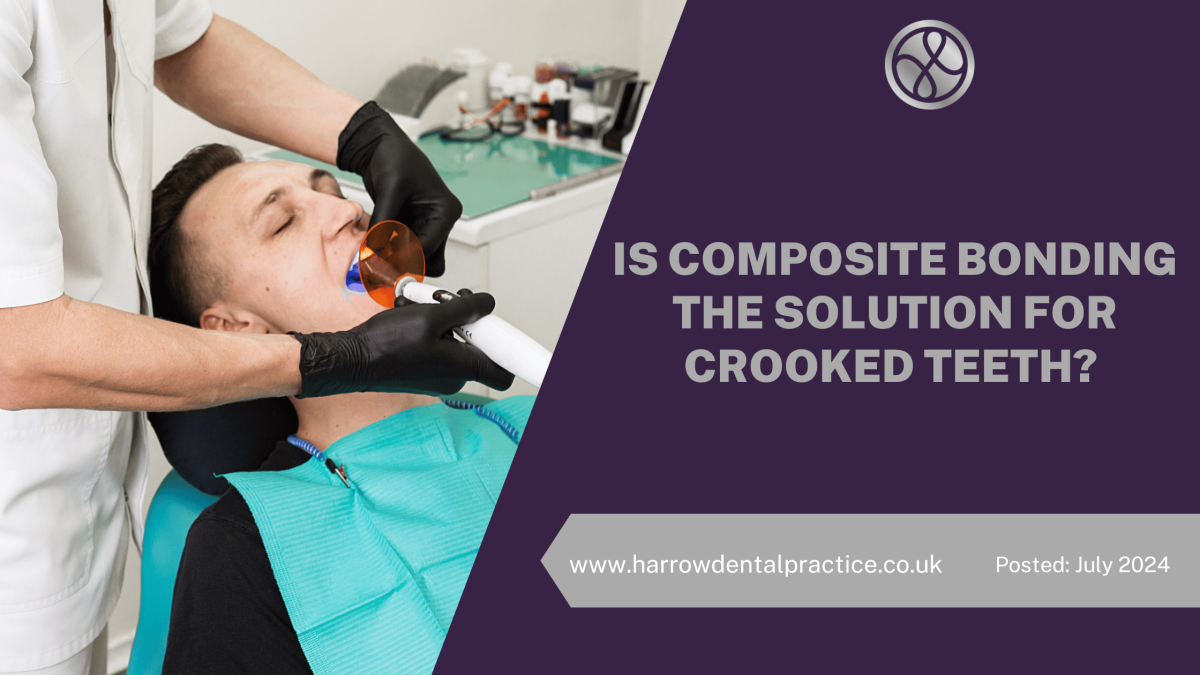
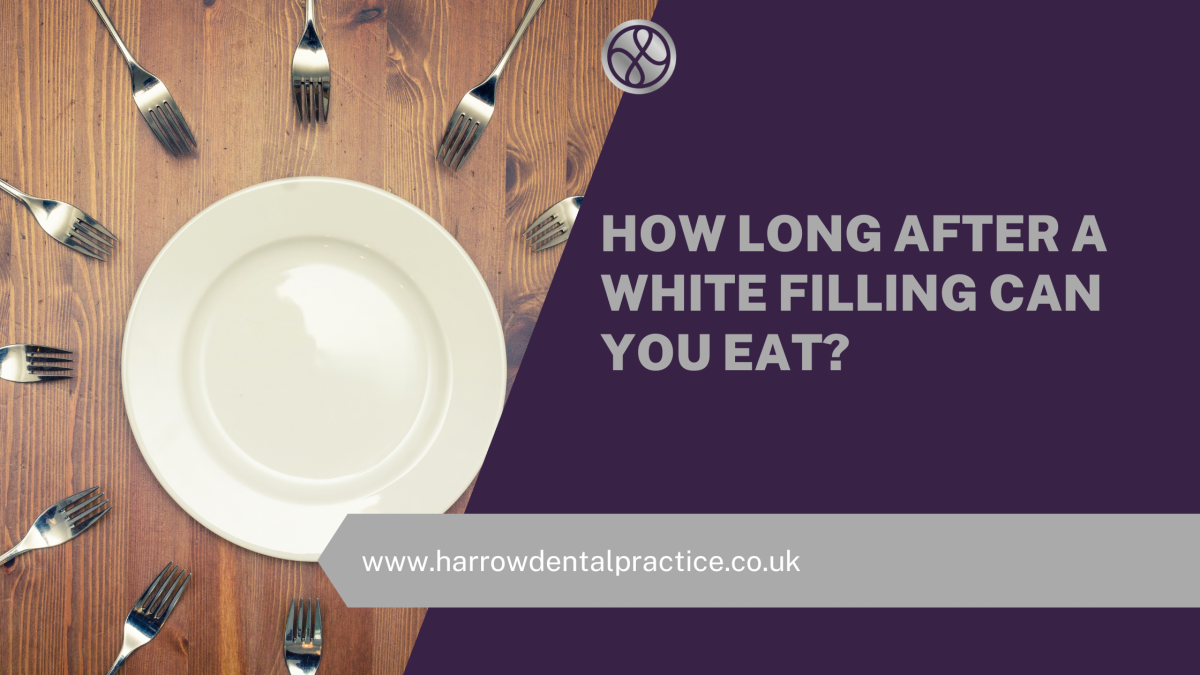



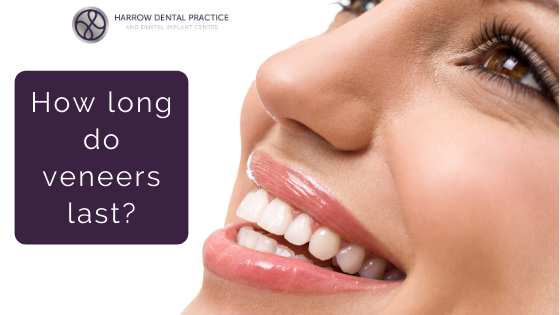

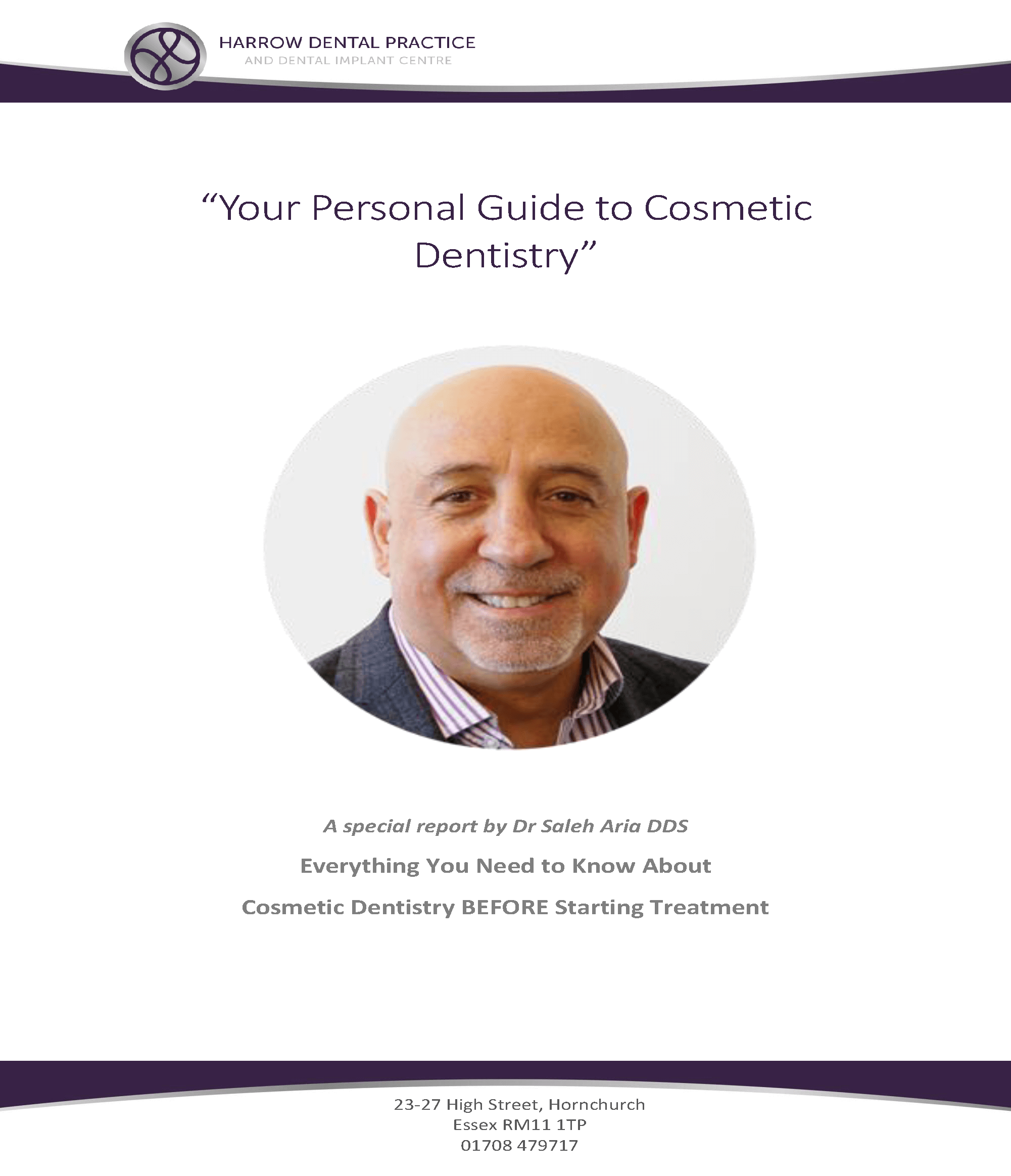 A 22 page report full of the most useful information, ideal if you’re thinking about having dental veneers
A 22 page report full of the most useful information, ideal if you’re thinking about having dental veneers
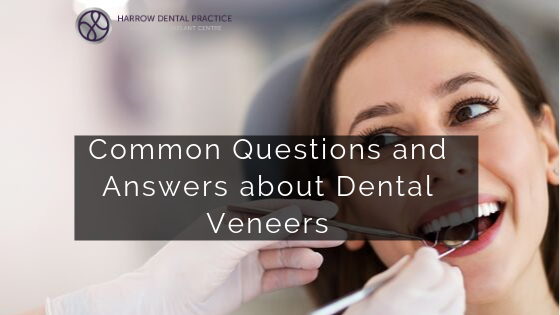
 Teeth or dental veneers are usually made of one of 2 materials, either composite resin or ceramic. They are an extremely thin layer which sits over the front surface of your natural tooth and is custom designed to fit your tooth perfectly.
Teeth or dental veneers are usually made of one of 2 materials, either composite resin or ceramic. They are an extremely thin layer which sits over the front surface of your natural tooth and is custom designed to fit your tooth perfectly.